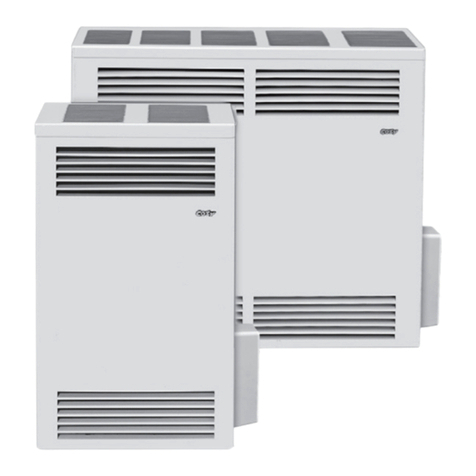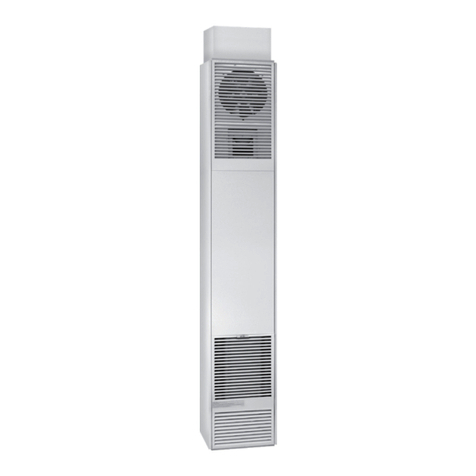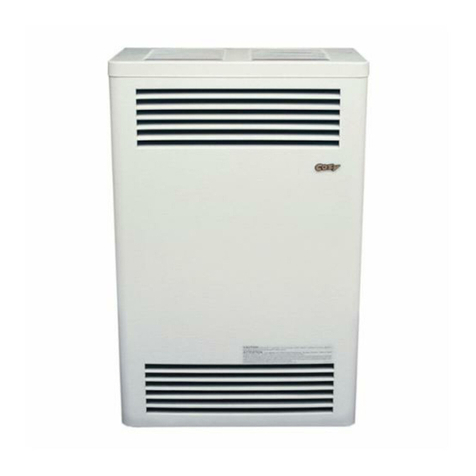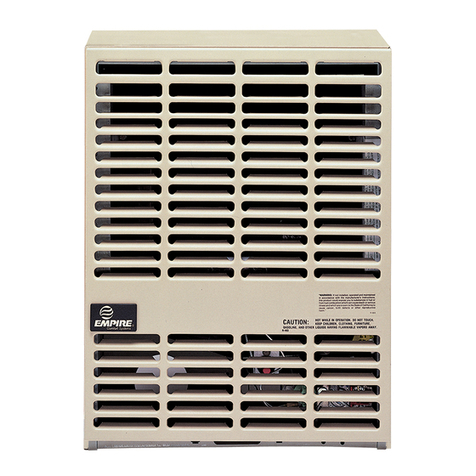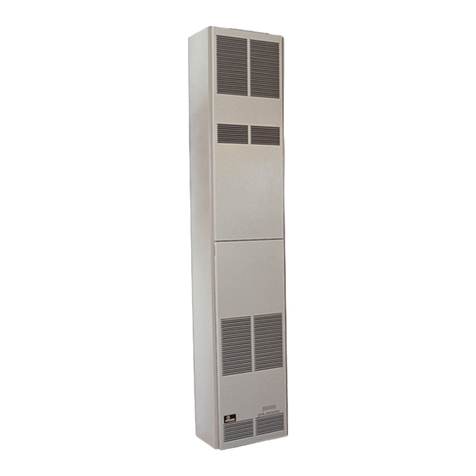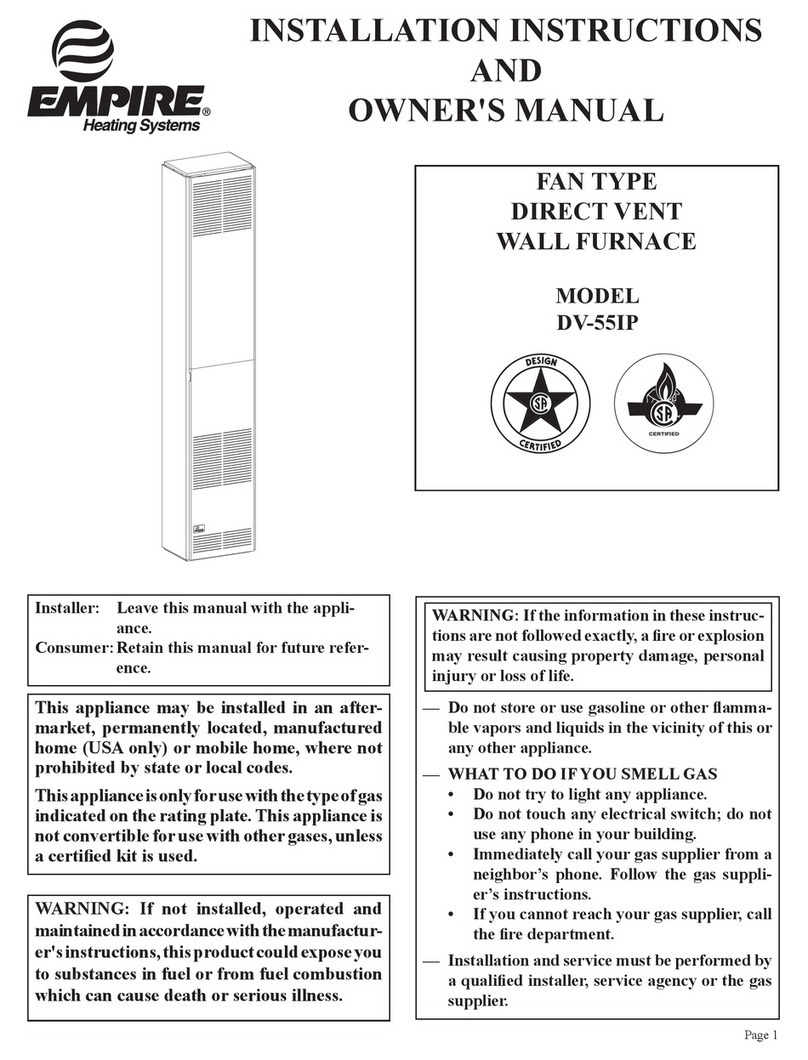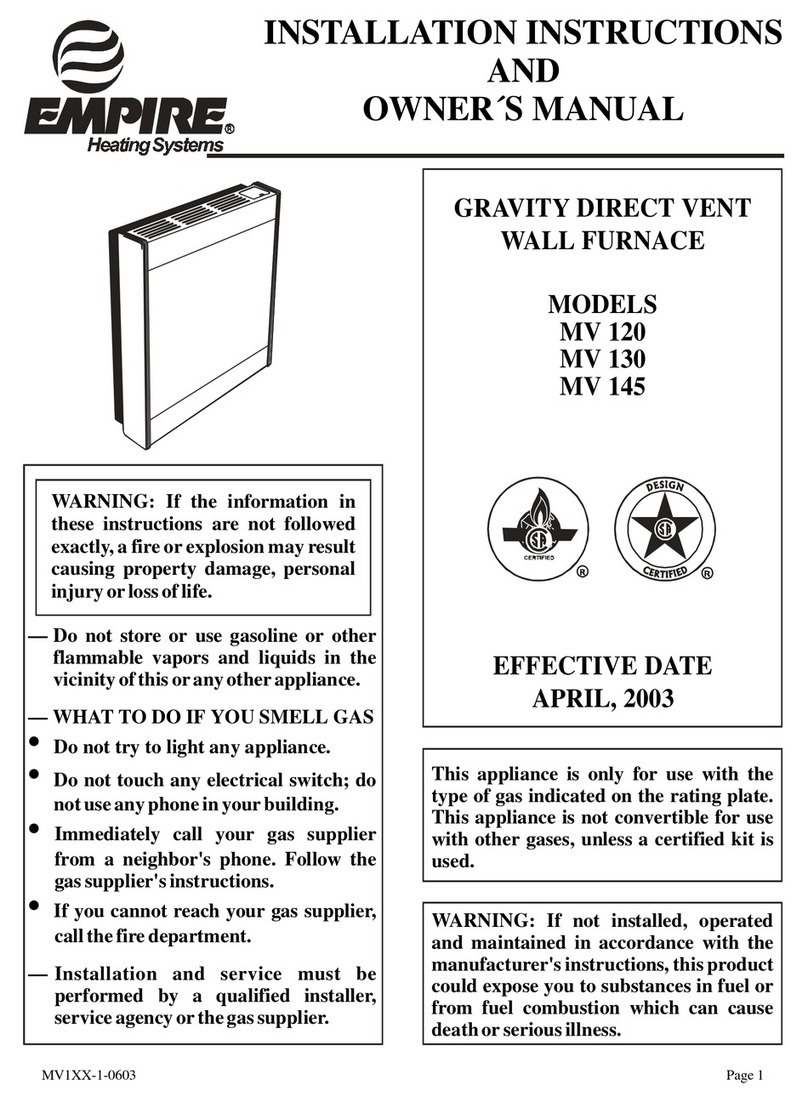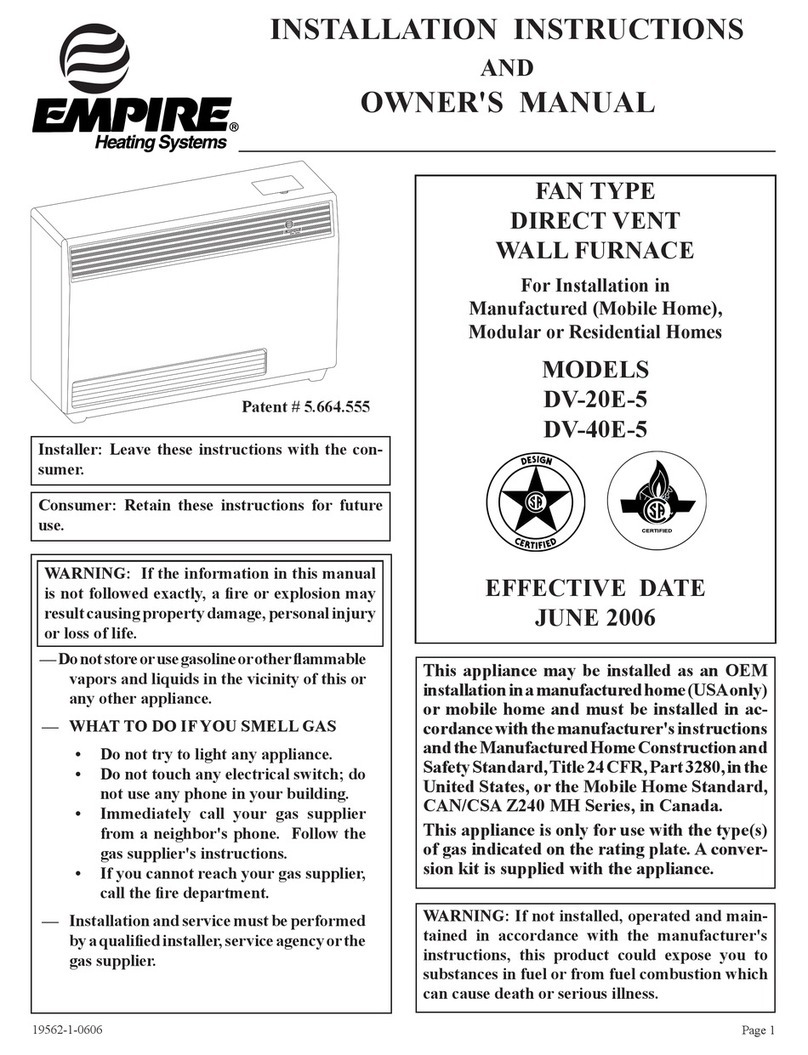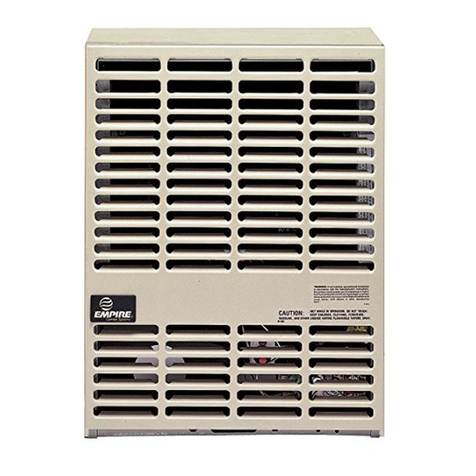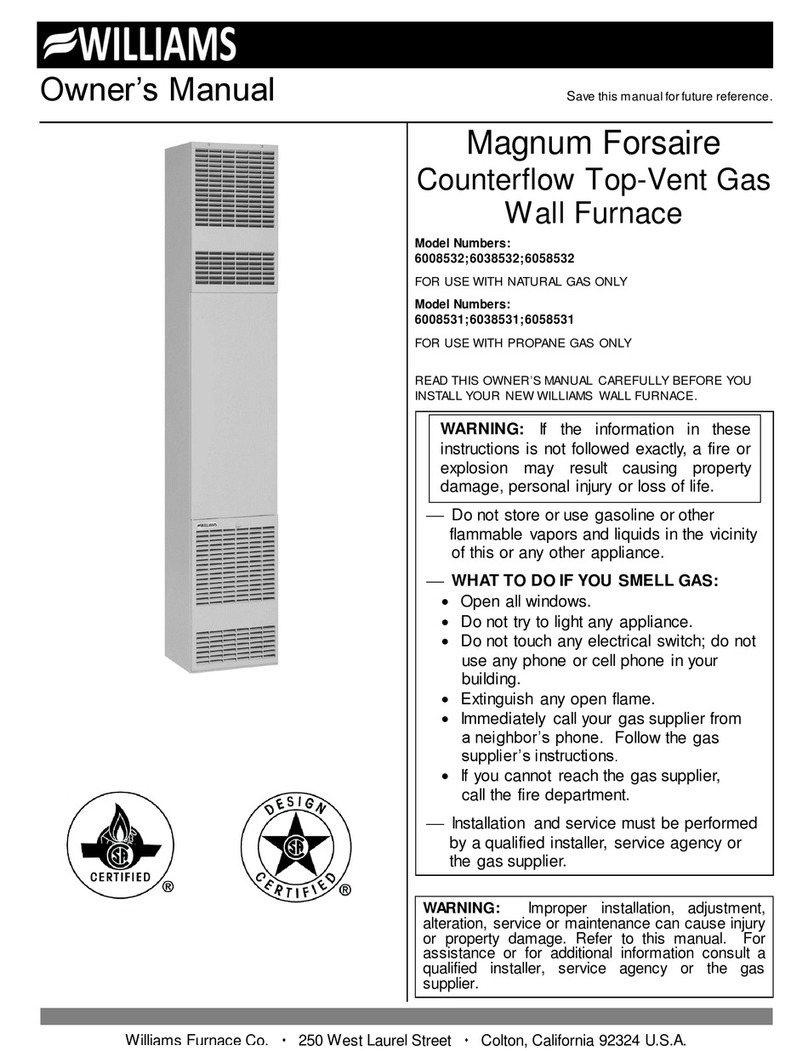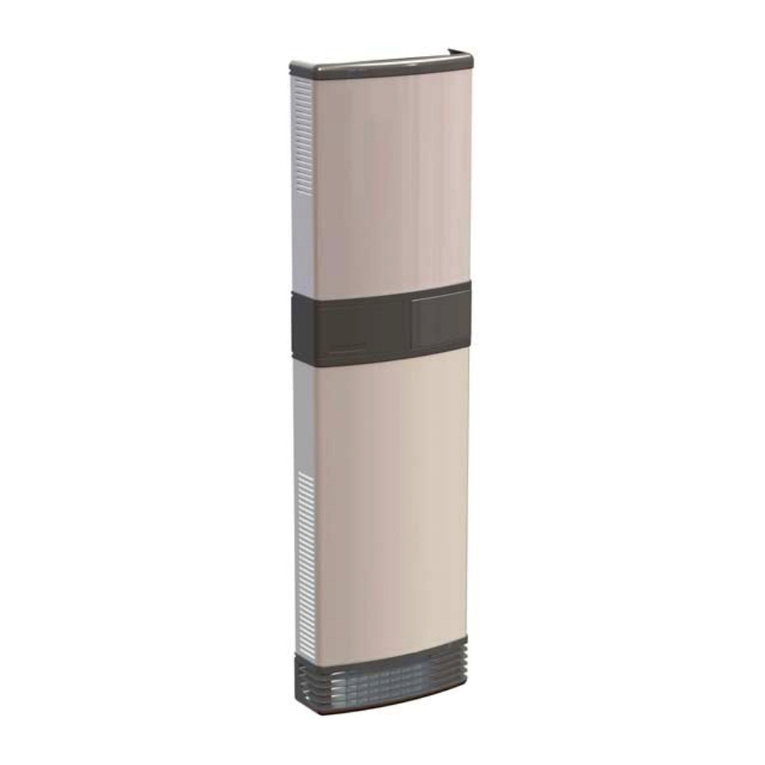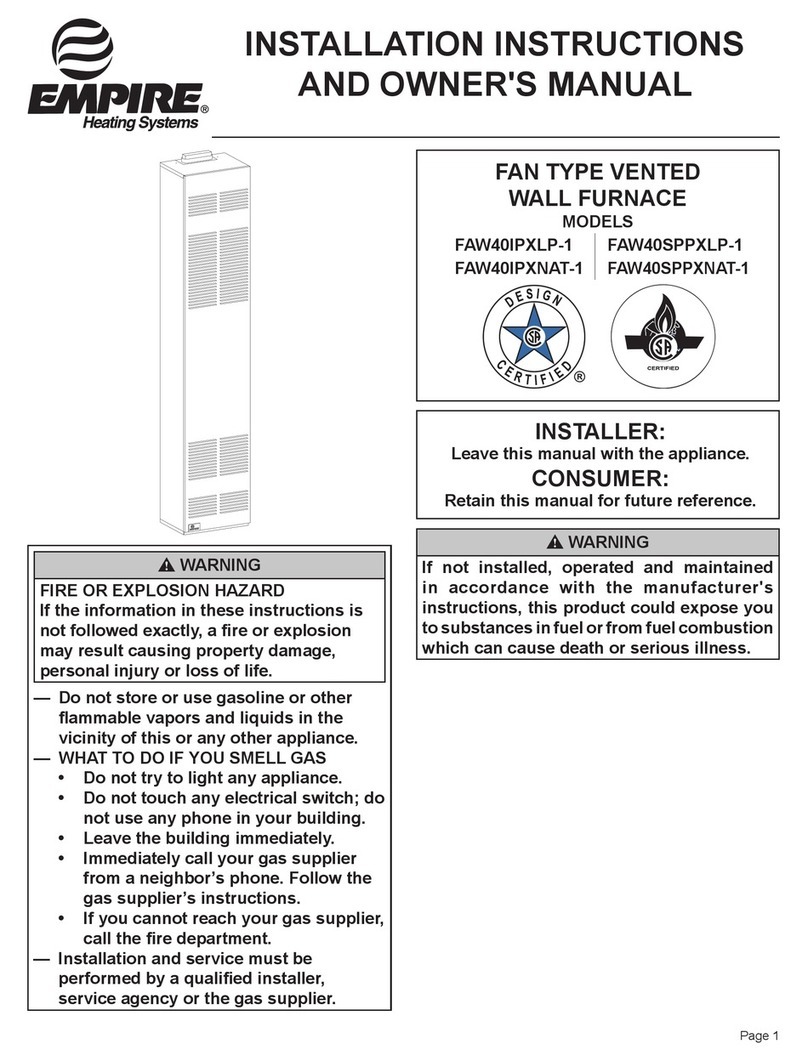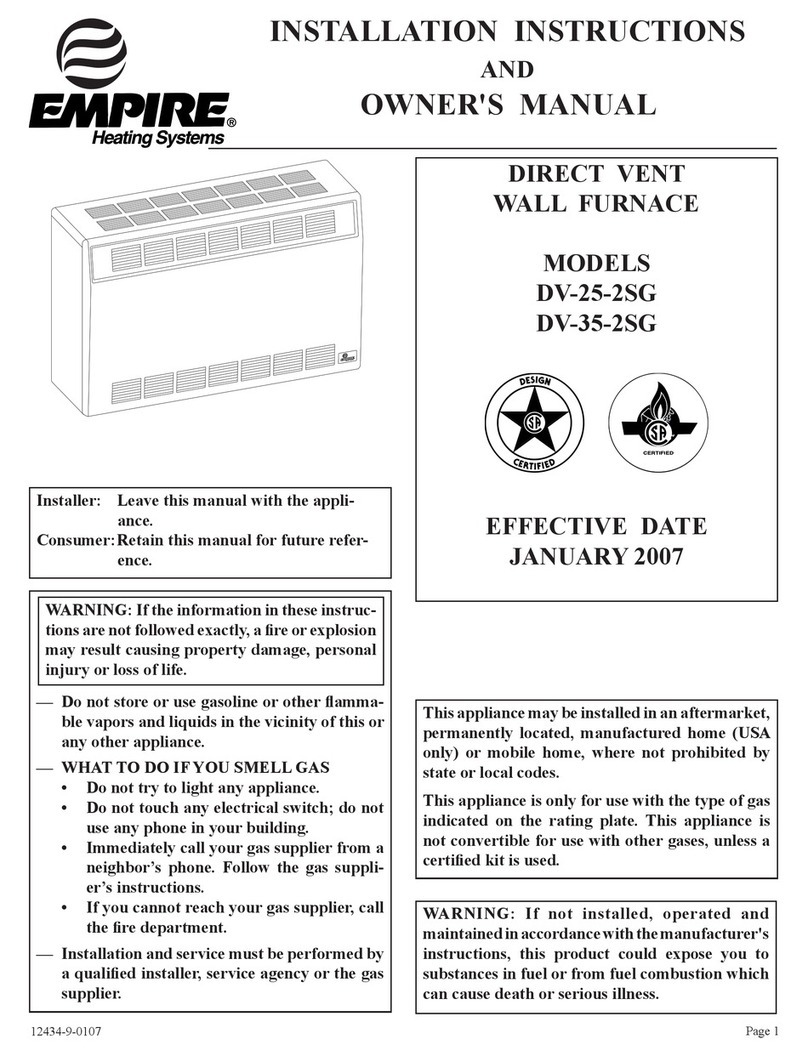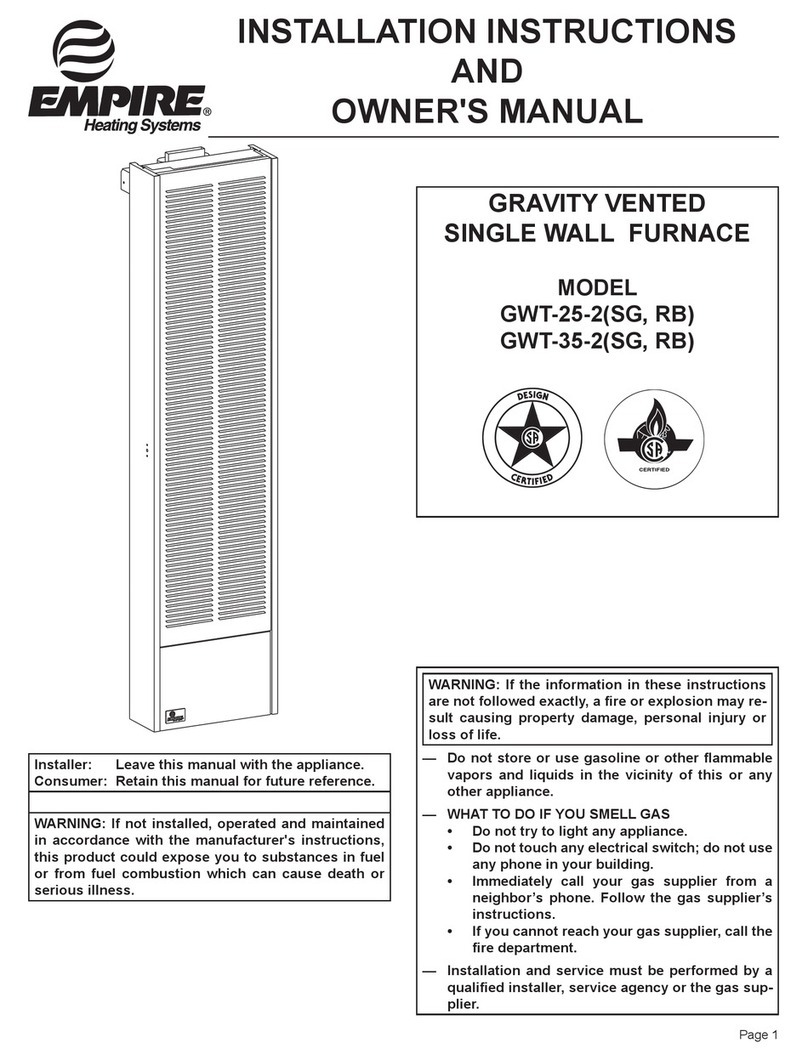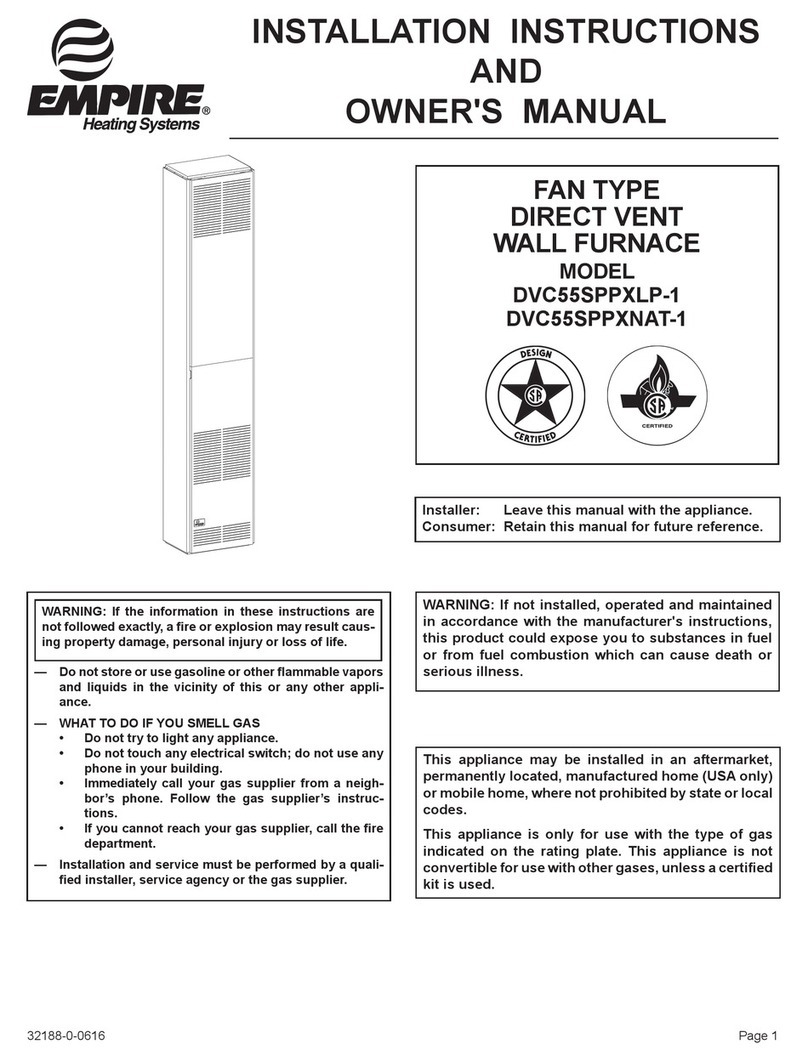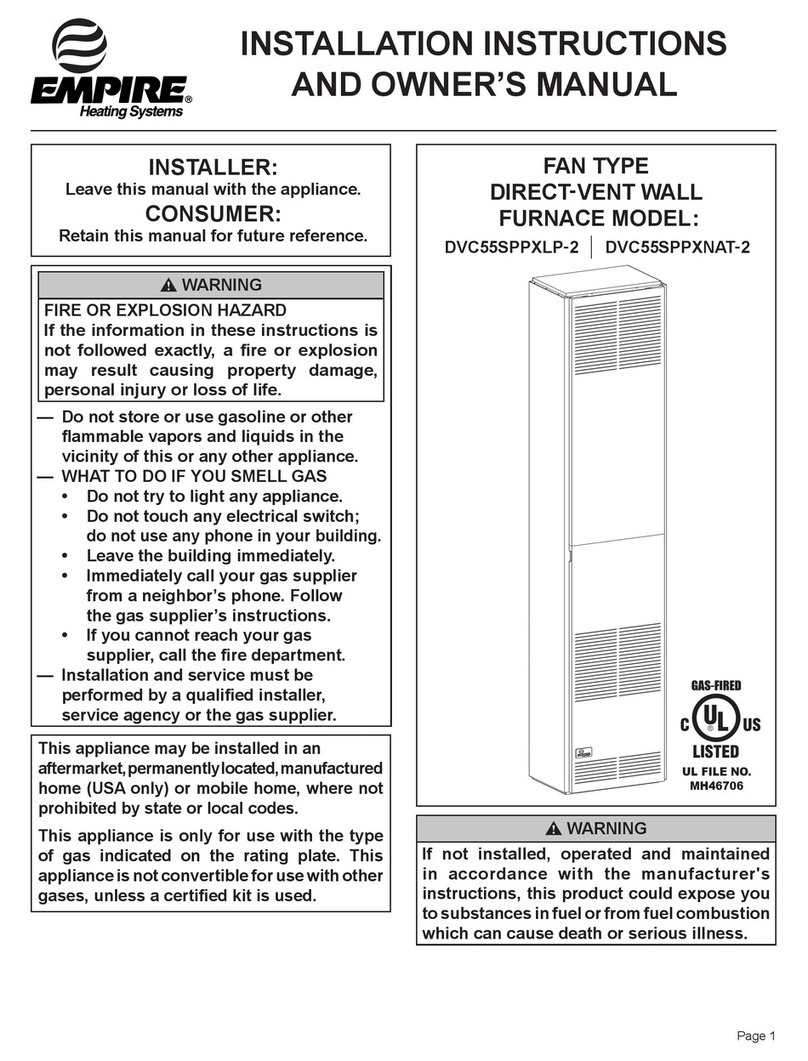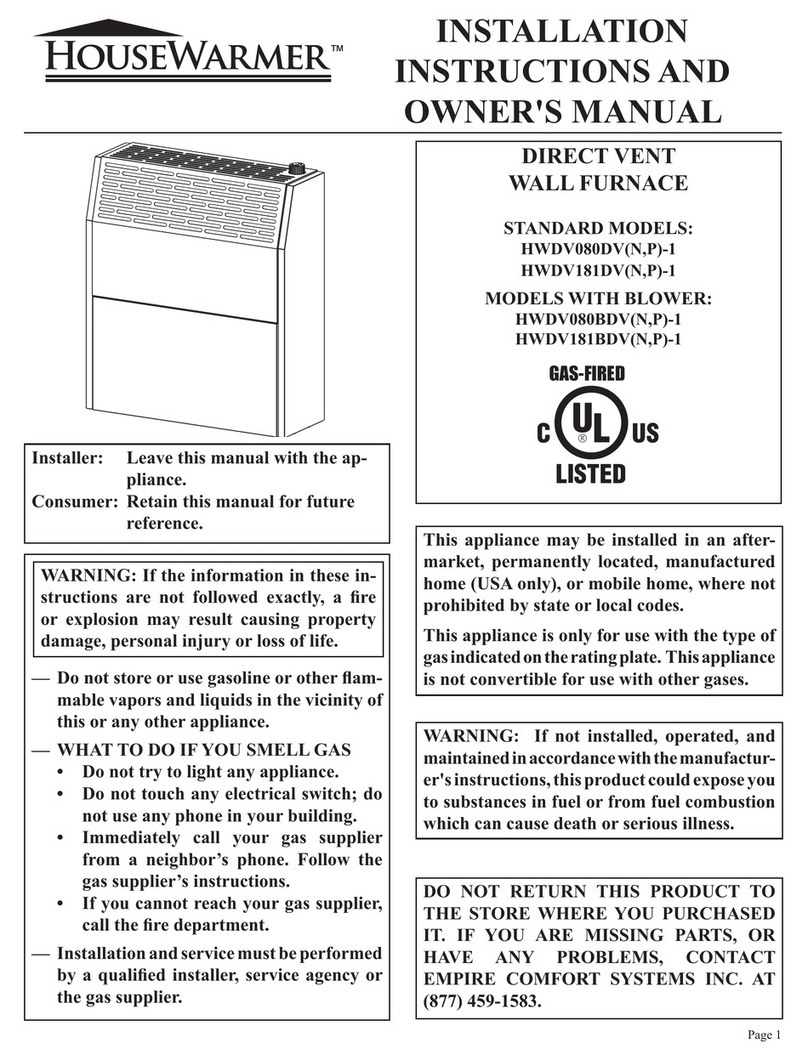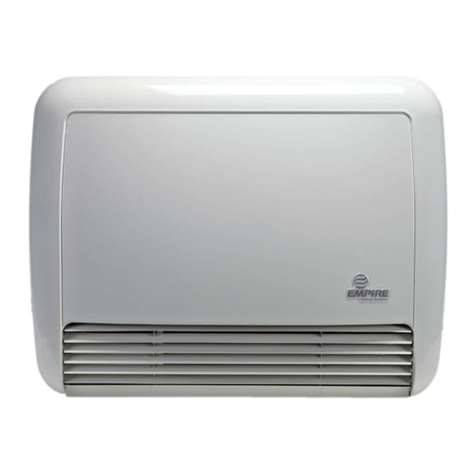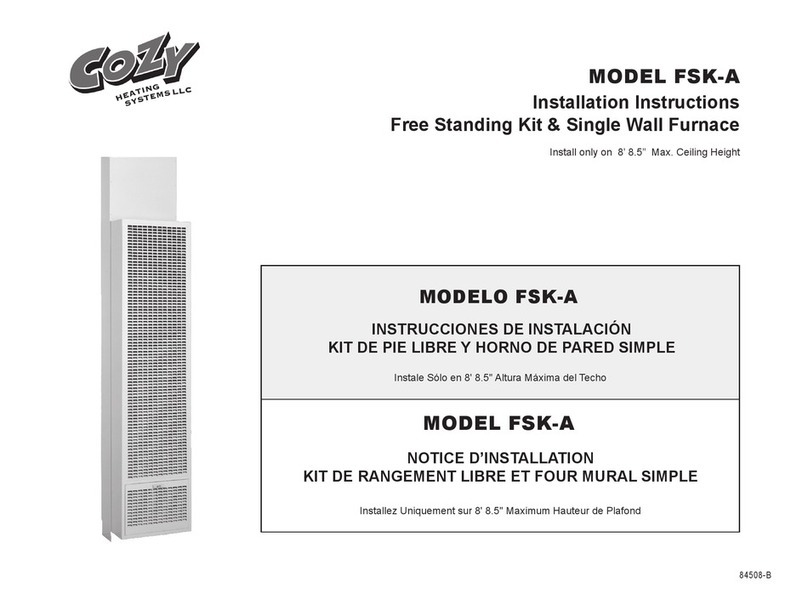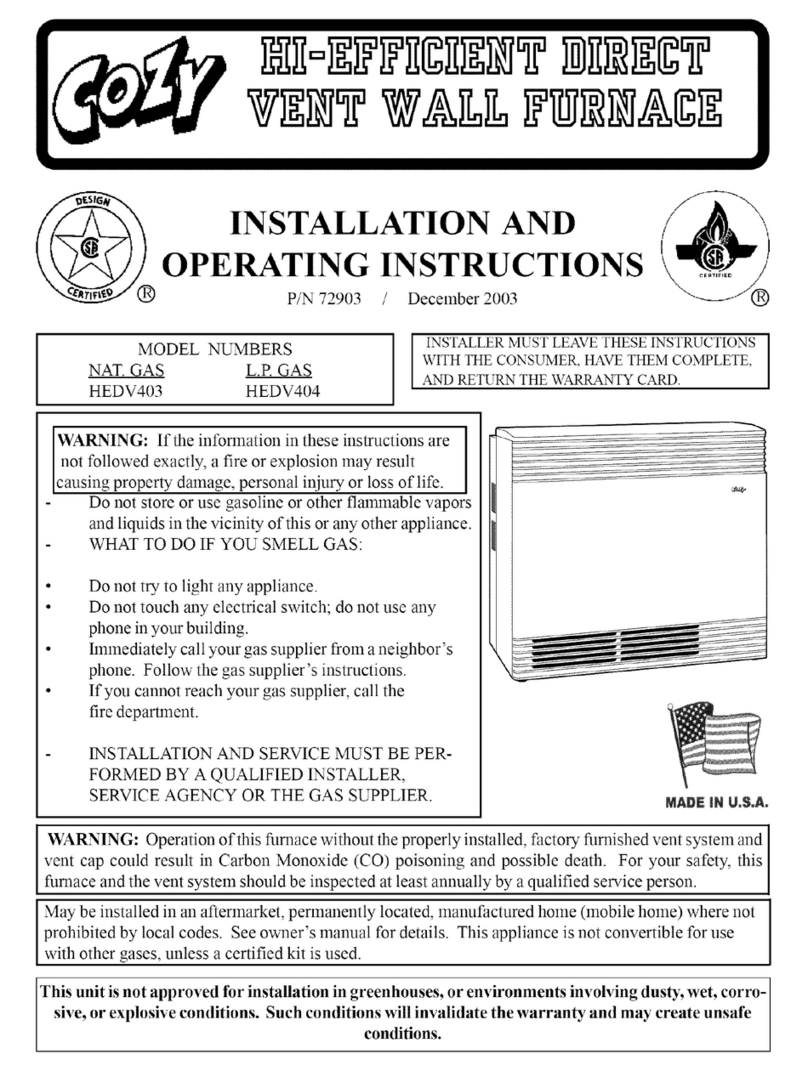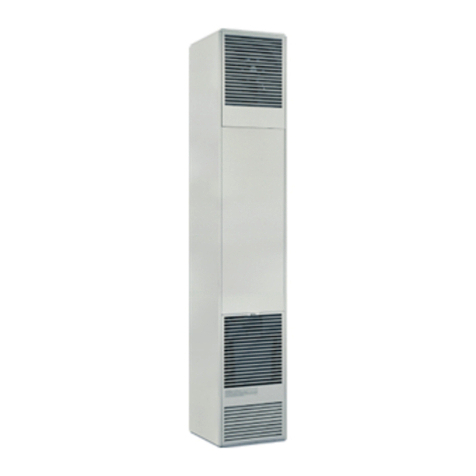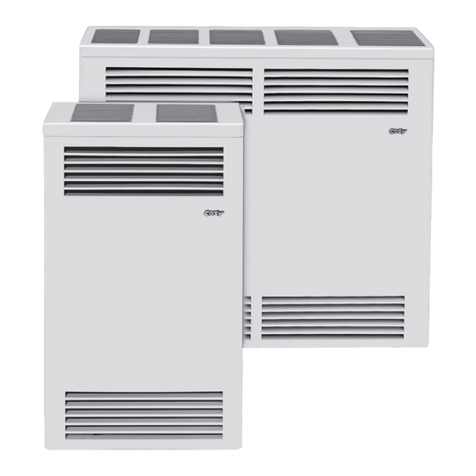
Page 4
THIS IS A GAS-FIRED, GRAVITY VENTED WALL FURNACE THAT WILL OPERATE SAFELY AND PROVIDE AN EFFICIENT
SOURCE OF HEAT WHEN INSTALLED, OPERATED AND MAINTAINED AS RECOMMENDED IN THESE INSTALLATION
AND OPERATING INSTRUCTIONS. READ THESE INSTRUCTIONS THOROUGHLY BEFORE INSTALLING, SERVICING,
OR USING THE APPLIANCE. IF YOU DO NOT UNDERSTAND ANY PART OF THESE INSTRUCTIONS, CONSULT LOCAL
AUTHORITIES, OTHER QUALIFIED INSTALLERS, SERVICE TECHNICIAN, THE GAS SUPPLIER OR THE MANUFACTURER.
1. The wall furnace should be located near the
center of the house for best heat distribution.
2. Due to high temperatures, the appliance should
be located out of trafc and away from furniture
and draperies.
3. Children and adults should be alerted to the
hazards of high surface temperature and should
stay away to avoid burns or clothing ignition.
4. Young children should be carefully supervised
when they are in the same room as the appliance.
5. Do not place clothing or other ammable material
on or near the appliance. Precautions should be
taken so as not to place furniture, drapes, or
other articles directly in front of grille or lower
access door that would obstruct air openings as
proper air ow is critical to proper operation of
unit.
6. Any safety screen guard or casing front removed
for servicing an appliance must be replaced prior
to operating the appliance.
7. Heater must be installed with legs resting on the
2x4 oor sill plate (recessed) or the factory FSK
Kit (ush mount). The header plate shall then
be installed at a height 65-3/4 inches above top
surface of the plate that the heater legs rest on.
This provides the listed 2 inch minimum oor
clearance.
If the area where the heater is installed contains
carpeting, tile, etc., the listed 2 inch minimum
oor clearance must be maintained from the
top surface of these materials. If the heater is
installed DIRECTLY on carpeting, tile or any
combustible material other than wood ooring,
the heater shall be installed on a metal or wood
panel secured to the oor, extending the full
width and depth of the heater.
8. Installation and repair must be done by a
qualied installer or service technician. The wall
furnace must be inspected before use and at
least annually by a qualied service technician.
INTRODUCTION
SAFETY
The following steps shall be followed for each appliance
connected to the venting system being placed into operation,
while all other appliances connected to the venting system are
not in operation:
1. Seal any unused openings in the venting system.
2. Inspect the venting system for proper size and horizontal
pitch, as required in the National Fuel Gas Code, ANSI
Z223.1/NFPA 54 or the Natural Gas and Propane Installation
Code, CSA B149.1 and these instructions. Determine that
there is no blockage or restriction, leakage, corrosion and
other deciencies which could cause an unsafe condition.
3. As far as practical, close all building doors and windows
and all doors between the space in which the appliance(s)
connected to the venting system are located and other spaces
of the building.
4. Close replace dampers.
5. Turn on clothes dryers and any appliance not connected to
the venting system. Turn on any exhaust fans, such as range
hoods and bathroom exhausts, so they are operating at
maximum speed. Do not operate a summer exhaust fan.
6. Follow the lighting instructions. Place the appliance being
inspected into operation. Adjust the thermostat so appliance
is operating continuously.
7. Test for spillage from draft hood equipped appliances at
the draft hood relief opening after 5 minutes of main burner
operation. Use the ame of a match or candle.
8. If improper venting is observed during any of the above tests,
the venting system must be corrected in accordance with
the National Fuel Gas Code, ANSI Z223.1/NFPA 54 and/or
Natural Gas and Propane Installation Code, CSA B149.1.
9. After it has been determined that each appliance connected
to the venting system properly vents when tested as outlined
above, return doors, windows, exhaust fans, replace
dampers and any other gas-red burning appliance to their
previous conditions of use.
!WARNING:
CARBON MONOXIDE POISONING HAZARD
Failuretofollowthestepsoutlinedbelowforeachappliance
connectedtotheventingsystembeingplacedintooperation
couldresultincarbonmonoxidepoisoningordeath.
